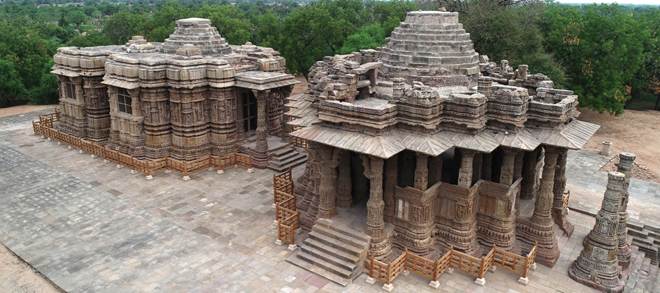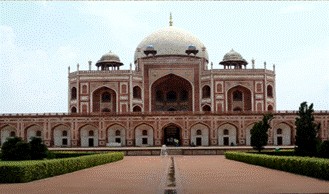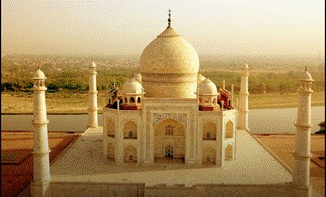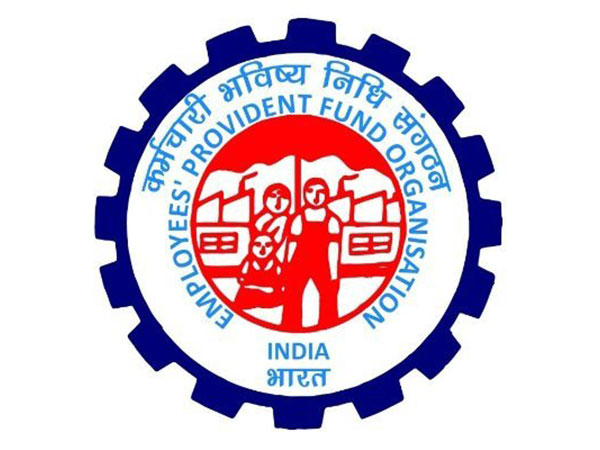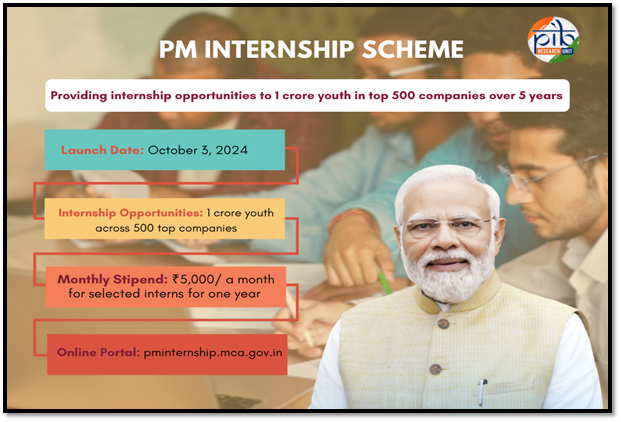Launched in 2007, the National Mission on Monuments and Antiquities (NMMA) aims to systematically document and digitize India’s vast built heritage, sites, and antiquities. Despite being one of the richest nations in cultural heritage, India has faced challenges in research and conservation due to scattered and undocumented records. NMMA addresses these issues by creating a unified national database through standardized documentation and training programs.
Since its inception, NMMA has made notable progress, digitizing 12,34,937 antiquities—4,46,068 from the Archaeological Survey of India (ASI) and 7,88,869 from other institutions. Additionally, 11,406 sites and monuments have been documented. To further support its efforts, Rs. 20 lakh has been allocated for NMMA in the FY 2024-25.
The mission’s key objectives include documenting and maintaining a national database for better management and research of built heritage, monuments, and antiquities. NMMA also aims to ensure uniform documentation across central, state, and private institutions, while providing training and capacity-building for various stakeholders. Collaboration with the ASI and other entities is central to these efforts.
India’s digitization of cultural heritage is governed by the Ancient Monuments and Archaeological Sites and Remains Act, 1958 (AMASR Act 1958), which aims to preserve monuments and sites of national importance. According to the Act, ancient monuments are defined as structures or sites of historical, archaeological, or artistic interest that have existed for at least 100 years. NMMA also follows the Antiquities and Art Treasures Act 1972, which defines antiquities as historically or artistically significant objects that are over 100 years old.
NMMA has established digitization guidelines for creating a national digital database. These include photographing built heritage and antiquities in uncompressed TIFF format (300 dpi resolution) and storing documentation in MS Excel format. Beyond traditional documentation, the Indian Heritage in Digital Space (IHDS) initiative leverages modern digital technologies to create immersive experiences and research tools for both scholars and the public. IHDS promotes research in digital heritage technologies and encourages public participation through crowdsourcing.
Technologies like 3D scanning, virtual reality, and artificial intelligence have transformed heritage preservation, enabling high-resolution digital archives, virtual reconstructions of lost structures, interactive educational experiences, and enhanced research opportunities.
NMMA’s work is crucial in preserving India’s rich cultural heritage and making it accessible to future generations. Through its technology-driven approach and collaborative efforts, NMMA ensures that India’s heritage is systematically documented, protected, and available for research and education, reinforcing the nation’s cultural identity.










